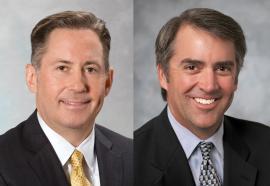Duke Energy, LG Chem, Greensmith to Build Fast-Response Energy Storage System in Ohio
Submitted by aburr on Fri, 2015-05-29 13:40Duke Energy, LG Chem and Greensmith teamed up to build a battery-based energy storage system in Ohio, designed to enhance reliability and increase stability on the electric power grid. The new 2-MW storage project will assist in regulating electric grid frequency for PJM, the transmission organization that powers much of the eastern U.S. The system will be built at Duke Energy's retired W.C. Beckjord coal-fired power plant in New Richmond, Ohio, and is expected to be operational by late 2015.









